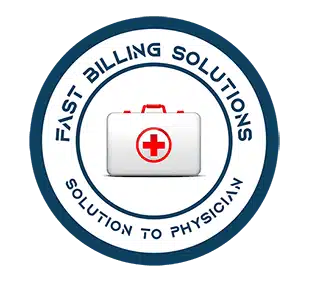Healthcare facilities and hospitals go through many hassles when settling insurance payments. Payment is settled when a patient submits details of insurance at the hospital’s front desk. However, the healthcare facility or hospital gets the payment only after the insurance provider settles the insurance claim. The billing process in healthcare involves various steps.
Steps of Billing Process in Healthcare
Here are the steps involved in the medical billing process:
1. Patient Registration and Confirming Financial Responsibility
The process begins with patient registration. The healthcare provider gets the patient information and sees if they meet insurance eligibility criteria. After confirming the eligibility, they register the patient. After patient registration, the healthcare provider confirms the financial responsibility. It decides which services the patient is eligible to receive under the insurance plan.
2. Patient Visit (Check-in & Check-Out)
The patient visits the healthcare facility and fills up some forms if he is visiting for the first time. If it is a returning patient, he just confirms the file information. Patients need to share some necessary details, such as a passport or driver’s license and insurance card. After checking out, the patient’s information is moved to a medical coding expert. The coder translates this information into medical codes.
3. Preparing and Transmitting Claims
Next, a medical coder uses the superbill with medical codes and other details and prepares a claim form. The medical billing expert also enters the procedure cost in the insurance claim and sends it to the insurance provider electronically.
4. Monitor Adjudication
In this step, the claim goes through the adjudication process. During this step, the payer assesses the insurance claim to confirm its compliance or validity. During this stage, they decide whether they should accept, reject, or deny the claim.
5. Generating Patient Statements
The payer sends the report to the biller it is time to generate a patient statement. This statement contains the bill or payments for procedures that the patient has gone through. The patient gets the outstanding amount after the payer agrees to reimburse the healthcare provider.
6. Follow-Ups
The last step in the billing process in healthcare is to make sure that the healthcare provider gets reimbursement for the service they render. It is the biller’s responsibility to keep an eye on outstanding payments, etc.
You May Also Read: Steps to Choose the Best Medical Billing Services
